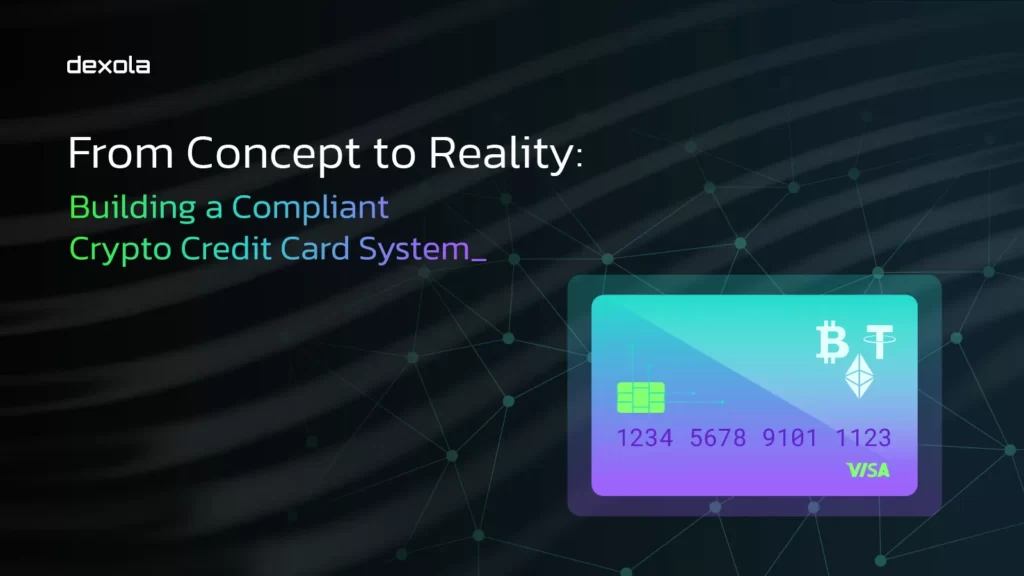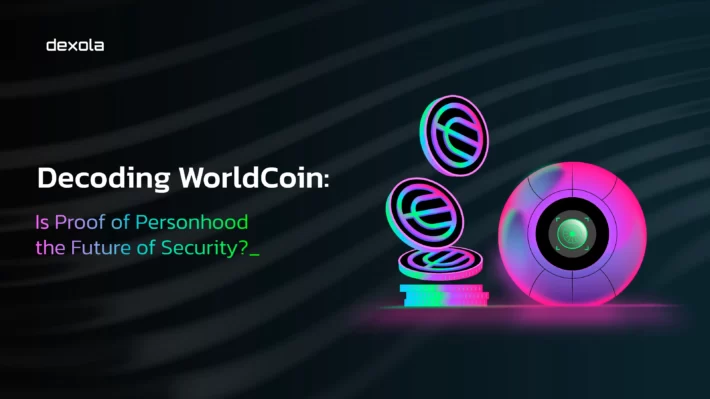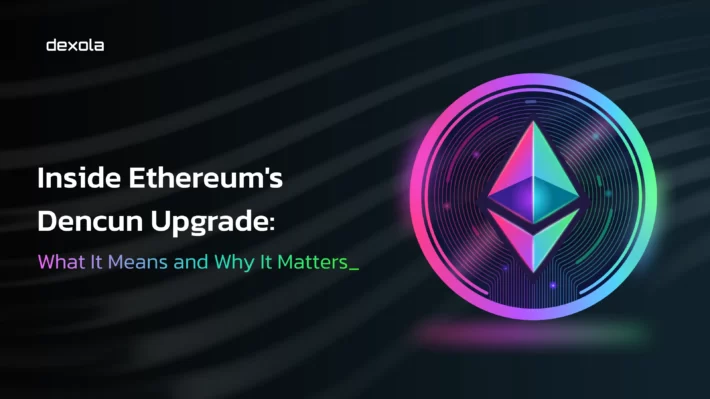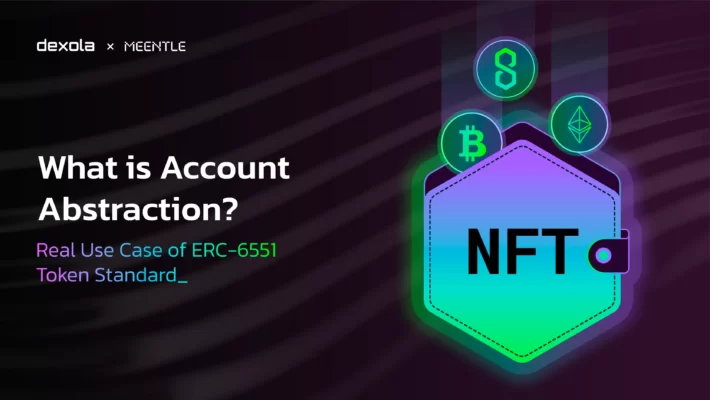From Concept to Reality: Building a Compliant Crypto Credit Card System

In 2008, Satoshi Nakamoto published the Bitcoin White Paper, describing Bitcoin as a peer-to-peer electronic cash system. Although Bitcoin emerged as the best investment of the last decade, its volatility and low throughput have limited its use as a means of payment. Furthermore, only El Salvador and the Central African Republic have recognized Bitcoin as legal tender.
While some shops and businesses accept crypto via third-party providers, the user experience isn’t the best. Thankfully, the crypto ecosystem now includes crypto credit cards — VISA and Mastercard, both virtual and physical, which users can top up with crypto and use anywhere they wish.
Why Do Crypto Enthusiasts Love Crypto Cards
Crypto cards offer a faster way to pay for goods with crypto — typically taking 5 to 30 seconds using an ordinary POS terminal in any store. The P2P market and other off-ramps cannot compete with these speeds.
Also, crypto cards allow enthusiasts to store their assets in crypto and spend only the amount needed.
In short, crypto cards are the most comfortable way to use crypto as a means of payment and many enthusiasts are willing to pay up to 5% fees for convenience.
How Crypto Credit Cards Work
There are three main parties involved in the process:
- a custodian that holds the user’s crypto;
- a crypto processing service that exchanges crypto for fiat;
- a bank or other financial institution with a right to issue credit cards, that processes the cash payment.
The complete process is as follows:
- The user registers within the app and passes the KYC verification.
- The custodian assigns the user with a few dedicated addresses to deposit crypto and the user issues the virtual or physical card via bank.
- The user tops up one of the addresses and connects it with a card.
- When the user pays with the card, the custodian sends the corresponding amount of crypto to the payment processor. The bank pays on the user’s behalf and then charges the processor for the needed amount of cash.
The deposit and charge process enables the use of a crypto credit card like a regular credit card — the payment is instant, while the bank is guaranteed to receive its money and fees within a few working days.
This scheme could have been working for everyone and be quite cheap if not the biggest obstacle — the legal issues. As the EU, UK, and APAC countries are still developing crypto regulations and the US has yet to finalize its approach, launching a crypto card must be a well-considered decision to ensure compliance with existing laws.
How Would Dexola Make a Crypto Credit Card Service
The most important thing to consider is the jurisdiction to launch the card. Depending on the country, it would be easier or harder to find middlemen for the off-ramp, card issuance, and fiat payment processing.
When the client has selected the jurisdiction, we would consult with trusted financial and legal partners operating there to find the best custodians, crypto-to-fiat processors, banks with needed licenses, and also lawyers and accountants with corresponding experience. For example, each country has its own limit for a permissionless cash transfer per day or per month.
Crypto credit card app development is merely 30% about writing the code and 70% about making the fiat-involved processes compliant with the local law and easily accountable to avoid financial mistakes. Additionally, our research has shown that many users are dissatisfied with the transaction receipts provided by existing apps, as they are often poorly managed and complicate tax calculations. Once again, we would consult with local accountants to ensure these receipts are suitable for the selected jurisdictions.
What Are The Best Crypto Credit Cards We Researched?
Trustee Plus
Trustee Plus is a regulated crypto wallet with a built-in crypto credit card. It has partnered with a Polish bank to process fiat payments in the EU with understandable restrictions: one card per user, €50,000 in fiat transactions and payments per month, and €20,000 limit for ATM cash withdrawal per month. Trustee Plus is registered in Estonia, the most crypto-friendly jurisdiction in Europe, and swiftly operates in EU and Ukraine.
Gnosis Card
Gnosis is a self-custody crypto wallet with a built-in card. It plans to use a self-developed decentralized payment system known as the Gnosis Pay Network. This network and crypto card is yet to be launched till the end of 2023 Q4.
Gnosis Pay functions similarly to other crypto credit cards but doesn’t require custodians, leveraging Layer 2 solutions (L2s) to expedite off-ramp processes and enable self-custody
Wirex
Wirex is a Singaporean crypto prepaid card issuer with its own crypto payments processor. However, due to Singapore’s strict crypto regulations and some unique limitations, for example, it is impossible to withdraw cash in local ATMs using Wirex Card and it is prohibited to pay with it in an automated fuel dispenser or top-up other credit cards.
Coinbase Card
Coinbase, one of the largest crypto exchanges, has launched its own card available only for USA citizens. Given US taxation practices, users receive additional receipts when spending any crypto other than stablecoins, as this entails selling the assets, which constitutes a taxable event.
BitPay Card
BitPay is another US-only crypto debit card provider that has partnered with Coinbase. The BitPay is also a payment provider so it has only to find a crypto-friendly bank to issue cards. This presents a significant challenge, leading BitPay to implement a whitelist for card issuance well ahead of its anticipated launch.
Cryptopay Card
Cryptopay is a UK crypto wallet that started issuing crypto debit cards. Due to UK regulatory policies, it faces strict limits, such as a maximum daily deposit of £8000 and a single spending limit of £27,000. The card is available only for UK residents.
Conclusion
As you can see, the biggest difference between those six crypto card providers and their prohibitions is the consequences of the jurisdictions they operate. While EU jurisdiction is one of the most crypto-friendly, thanks to Estonia, the US, UK, and Asian regions are hard to enter because of strict regulations.
The hardest part is to find a banking partner. Even Coinbase had to delay its crypto card launch because of the fall of Silvergate, SVB, and Signature crypto-friendly banks’ failures.
Overall, launching a card in a specific region is relatively straightforward, but for worldwide operations, it might be more feasible to establish a separate crypto card provider in each jurisdiction.


